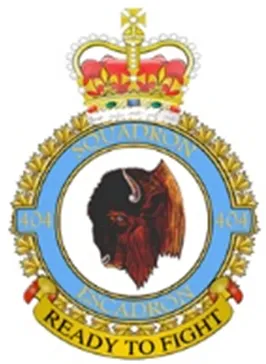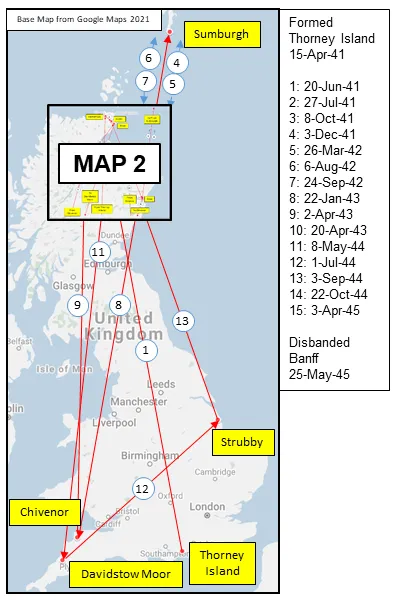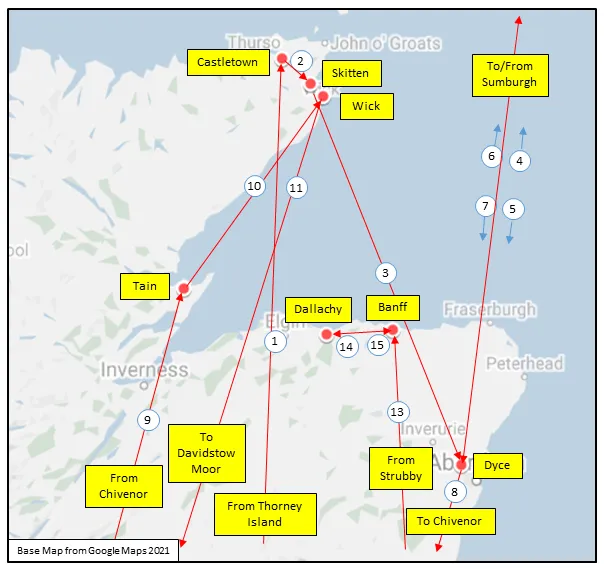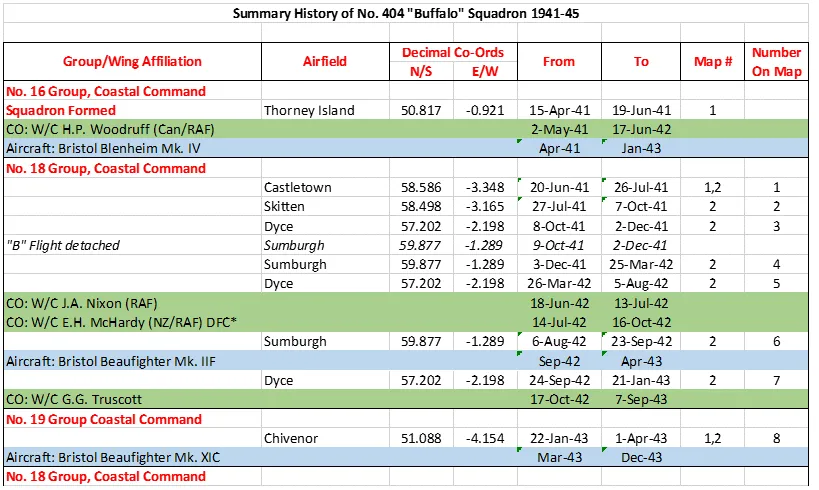Beechcraft Expeditor

Beechcraft CT-128 Expeditor Mk. 3TM (Serial No. A-734), (Serial No. CA-134), RCAF (Serial No. 1534), coded AO-N, Air Transport Command.
The Beechcraft Model 18 (or "Twin Beech", as it is also known) is a 6- to 11-seat, twin-engined, low-wing, tailwheel light aircraft manufactured by the Beech Aircraft Corporation of Wichita, Kansas. Continuously produced from 1937 to November 1969 (over 32 years, a world record at the time), over 9,000 were built, making it one of the world's most widely used light aircraft. Sold worldwide as a civilian executive, utility, cargo aircraft, and passenger airliner on tailwheels, nosewheels, skis, or floats, it was also used as a military aircraft.
During and after World War II, over 4,500 Beech 18s were used in military service"”as light transport, light bomber (for China), aircrew trainer (for bombing, navigation, and gunnery), photo-reconnaissance, and "mother ship" for target drones"”including Royal Canadian Airforce (RCAF), United States Army Air Forces (USAAF) C-45 Expeditor, AT-7 Navigator, and AT-11 Kansan; and United States Navy (USN) UC-45J Navigator, SNB-1 Kansan, and others. In World War II, over 90% of USAAF bombardiers and navigators and pilots trained in these aircraft.
In the early postwar era, the Beech 18 was the pre-eminent "business aircraft" and "feeder airliner". Besides carrying passengers, its civilian uses have included aerial spraying, sterile insect release, fish stocking, dry-ice cloud seeding, aerial firefighting, air-mail delivery, ambulance service, numerous movie productions, skydiving, freight, weapon- and drug-smuggling, engine testbed, skywriting, banner towing, and stunt aircraft. Wikipedia
CASPIR Aircraft Groups:
RCAF On Strength (415), Canadian Aircraft Losses (21), RCN On Strength (1)Expeditor Mk. 3TM 1558
Delivered to storage at No. 6 Repair Depot. Transferred to Maritime Group on 6 October 1952, for use at RCAF Station Greenwood, NS. Delivered there on 21 October 1952. To Bristol Aerospace in Winnipeg for overhaul, back to Greenwood on 16 June 1959 for use by No. 405 (MP) Squadron. Category A crash at Foymount, Ontario on 21 September 1962 while being operated by No. 404 (MP) Squadron. Flight Lieutenant D.F. Clifton killed. Struck off at site.
1952-05-28 Taken on Strength No. 6 Repair Depot 2019-08-20
1962-10-15 Struck off Strength Struck off after crash, see comments 2019-08-20



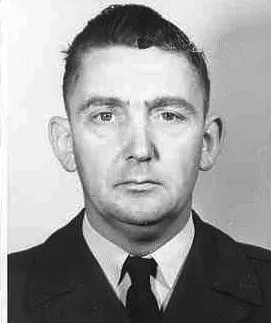


 Canadian Virtual War Memorial
Canadian Virtual War Memorial Find-A-Grave.com
Find-A-Grave.com Southport, United Kingdom
Southport, United Kingdom Expeditor
Expeditor Wikipedia Expeditor
Wikipedia Expeditor Harold A Skaarup Web Page
Harold A Skaarup Web Page